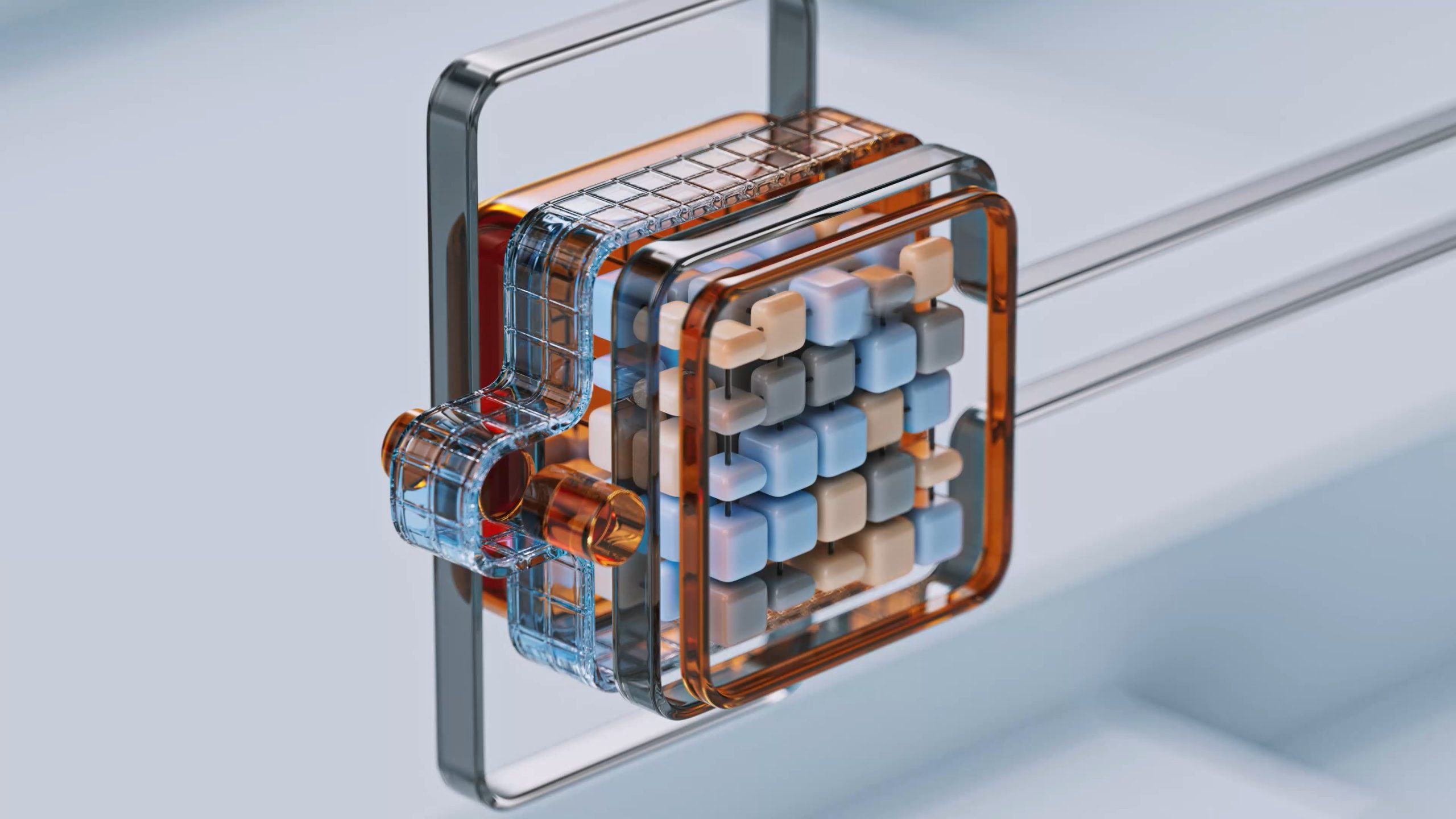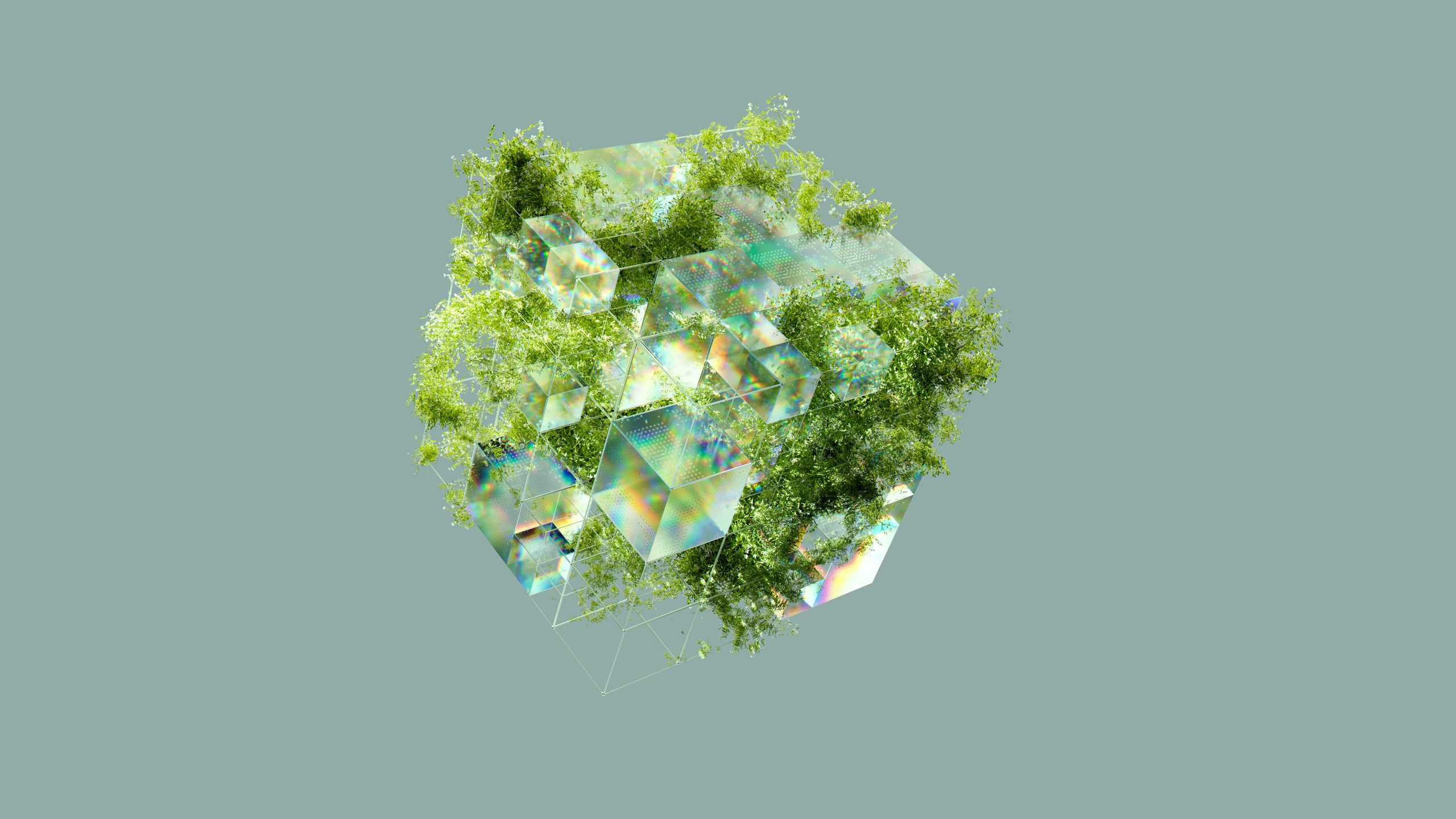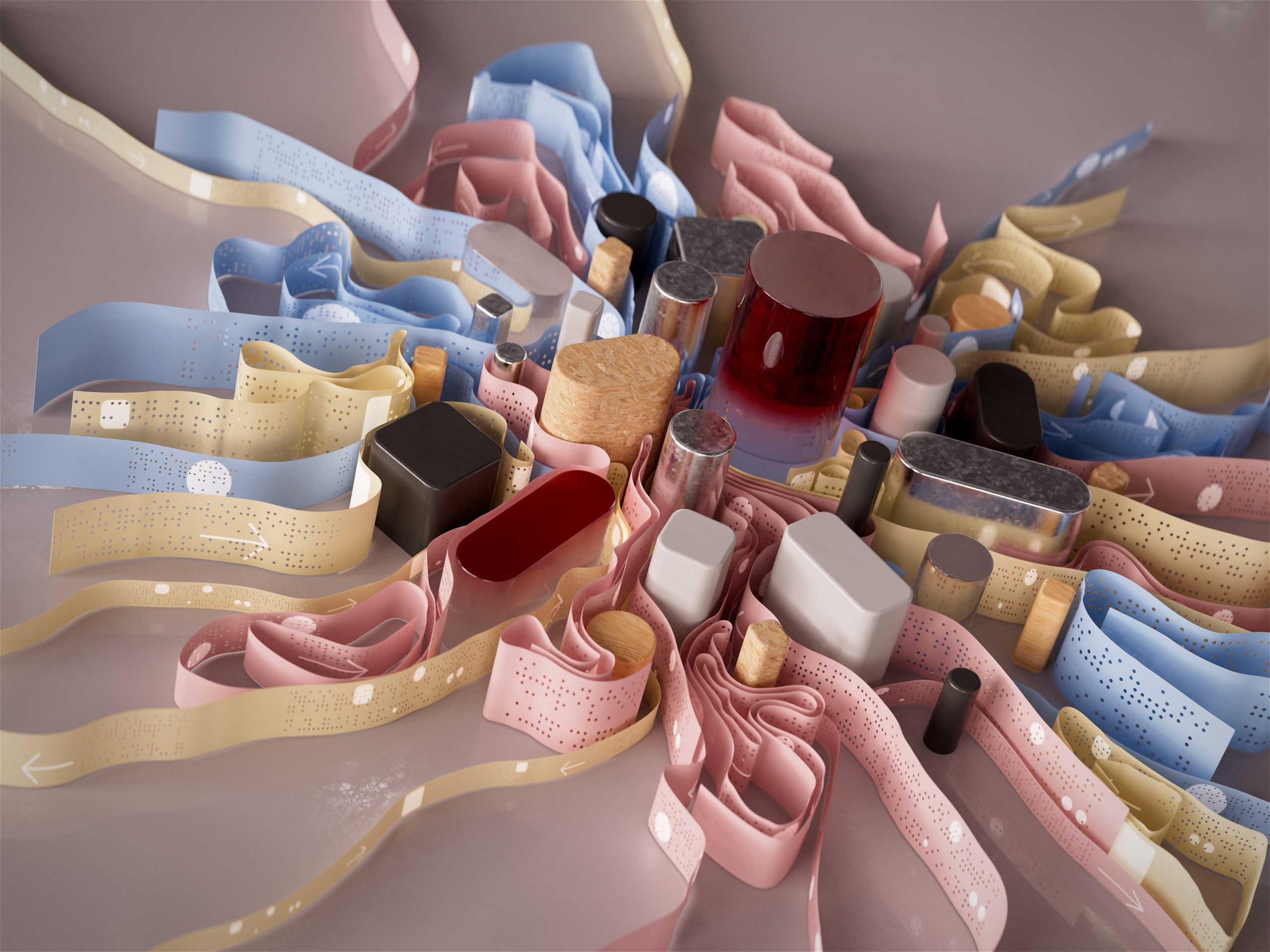Optic AI Or Not: Identify AI Or Human Generated Pictures
Imagine scrolling through your social media feed, admiring all the stunning photos that flood your screen. But have you ever wondered if those captivating images were actually captured by a human or created by artificial intelligence? In a world where technology continues to blur the lines between reality and fiction, it’s time we delve into the realm of Optic AI. Join me on an eye-opening journey as we uncover the secrets behind identifying AI-generated pictures from those taken by humans.
The Rise of Artificial Intelligence in Image Generation
As artificial intelligence (AI) continues to advance, one area where it has made remarkable progress is in image generation. Gone are the days of crude and easily detectable computer-generated images; AI can now create stunningly realistic pictures that can often fool even the most discerning eye. With advancements such as generative adversarial networks (GANs), AI algorithms are able to create images that have never actually been captured by a camera, leading to endless possibilities for both creators and users.
The implications of this rise in AI-generated images are vast. On one hand, it opens up new avenues for artists and designers, allowing them to explore uncharted territories of visual creation. With AI’s ability to generate countless variations on a theme or concept, the creative process becomes infinitely more exciting and innovative. Additionally, industries such as gaming and advertising can benefit from these AI-generated visuals, providing hyper-realistic experiences and captivating consumers in ways previously unimaginable.
However, there is also a downside to this exponential growth in AI-generated images – the potential for misuse or misrepresentation. As technology advances further, it becomes increasingly difficult to distinguish between an image created by a human hand and one generated by an algorithm. This raises questions about the authenticity of images found online or shared on social media platforms. With instances of deepfakes already causing concerns regarding fake news and misinformation spreading rapidly through visual content, it becomes imperative for individuals to develop critical thinking skills when consuming digital media.

Understanding the Difference Between AI and Human Generated Pictures
Artificial intelligence has made significant advancements in recent years, particularly in the field of image generation. With powerful algorithms and deep learning models, AI can now generate realistic images that are almost indistinguishable from those produced by humans. However, there are still several distinguishing factors that set human-generated pictures apart from AI-generated ones.
One key difference is the level of creativity and originality displayed in the images. While AI can replicate existing styles and patterns with impressive accuracy, it lacks the innate ability to think abstractly and create something truly unique. Humans have the advantage of subjective experiences, emotions, and personal perspectives that enable them to produce more diverse and imaginative visuals.
Another important aspect to consider is intentionality. Human-generated pictures often carry a specific message or purpose behind their creation. Whether it’s expressing emotion, telling a story, or conveying a certain concept or idea, humans imbue their artwork with intentionality that adds depth and meaning to their visuals. In contrast, AI-generated images lack this purposeful intent as they are primarily driven by mathematical algorithms without any emotional attachment or narrative comprehension.
Understanding these distinctions between AI-generated pictures and those created by humans is essential when analyzing visual content for various purposes such as authentication, copyright infringement detection, or even just appreciating artistry. By recognizing these differences and leveraging advanced technologies like computer vision analysis tools, we can accurately identify whether an image was generated by artificial intelligence or crafted by human hands – ultimately reshaping the way we perceive visual content.
The Role of Optic AI in Identifying AI or Human Generated Pictures
The advancement of artificial intelligence (AI) has elevated our technological capabilities to unprecedented levels. However, with great power comes great responsibility, and the ability to discern between AI-generated and human-generated content is now a vital task in our digitally saturated world. This is where Optic AI steps in – an innovative solution that plays a pivotal role in identifying whether a picture is created by AI or humans.
One of the most significant challenges when it comes to distinguishing between AI and human-generated pictures lies in the level of realism achieved by AI algorithms. Generative Adversarial Networks (GANs), for instance, are capable of producing incredibly authentic-looking images that are often indistinguishable from those taken by humans. Optic AI utilizes complex algorithms and deep learning techniques to analyze various visual cues, such as lighting, texture, perspective, and composition. By doing so, it can identify patterns and inconsistencies that could potentially indicate the involvement of AI.
Optic AI’s contribution extends beyond mere identification; it greatly impacts societal aspects as well. With the proliferation of deepfake technology – which employs AI models to manipulate videos or images – trust has become crucial for media consumption. By leveraging Optic AI’s capabilities, organizations can better detect forged or manipulated visuals before they spread virally across social platforms, ensuring greater transparency and mitigating potential harm caused by misinformation campaigns.
In conclusion, while advancements in AI have undoubtedly transformed various aspects of our lives positively, they have also presented unique challenges concerning authenticity and trustworthiness in visual media.

Benefits and Limitations of Optic AI Technology
Optic AI technology, with its advanced image recognition capabilities, has revolutionized various industries. One of the key benefits is its ability to quickly and accurately analyze large volumes of images, saving valuable time for businesses. From detecting anomalies in medical scans to identifying counterfeit products in manufacturing, Optic AI offers unparalleled efficiency and accuracy.
However, like any technology, Optic AI also has limitations that need to be considered. One major challenge is the potential for errors in image recognition. Despite advancements in machine learning algorithms, there is still a chance that Optic AI may misinterpret certain images or fail to recognize subtle details. This can have far-reaching implications – from misdiagnosing patients based on medical scans to misidentifying individuals in surveillance systems. Therefore, it is crucial for users of Optic AI technology to validate results before making critical decisions.
Another limitation of Optic AI lies in its dependence on data quality and diversity. To achieve high levels of accuracy, Optic AI needs access to vast amounts of diverse and labeled training data. However, acquiring such data can be a challenge as it requires extensive resources and expertise. Furthermore, biased or incomplete training datasets can result in inaccurate predictions or unintended consequences when using the technology.
Ethical Implications: Privacy and Misuse Concerns
As artificial intelligence continues to advance and permeate various aspects of our lives, one of the ethical dilemmas that arise is the issue of privacy and potential misuse. Optic AI, a groundbreaking technology that can analyze and generate images with astonishing accuracy, raises concerns about data privacy and security. With the ability to create seemingly authentic photos, it becomes increasingly difficult to discern between AI-generated images and those captured by humans.
Privacy concerns emerge as Optic AI demonstrates its potential for abuse. The risk of misuse lies in the ease with which this technology may be employed to create deepfake images or perpetrate identity theft. In an era rife with phishing scams and cybercrimes, the proliferation of AI-generated pictures only intensifies these concerns. As individuals become more wary about sharing their personal information online, new technologies like Optic AI push us to question where the boundaries lie between protection and exploitation.
Furthermore, there are legal and moral implications surrounding consent when it comes to collecting, generating, or disseminating AI-created images. As we witness sophisticated algorithms creating pictures that are nearly indistinguishable from reality, issues regarding informed consent become paramount. Should individuals have control over how their likeness is used in the digital realm? Does the responsibility fall on organizations implementing AI technologies or on society as a whole? These questions demand careful consideration as we navigate a world where visual authenticity itself becomes a construction subject to manipulation.

The Future of Image Generation: Balancing AI and Human Creativity
In the realm of image generation, there is an ongoing debate between AI and human creativity. While AI systems have made remarkable advancements in generating realistic images, they are still far from matching the depth and nuance that humans bring to the creative process. The future lies in finding a balance between artificial intelligence and human ingenuity, harnessing the strengths of both to push the boundaries of image generation.
AI algorithms excel at analyzing vast amounts of data and identifying patterns, allowing them to generate images with impressive accuracy. However, they often lack the intuition and subjective understanding that humans possess. Human creators understand emotions, cultural contexts, and personal experiences that add layers of meaning to visual imagery – aspects that cannot be easily quantified or replicated by machines.
Rather than seeing AI as a threat to human creativity, we should embrace it as a powerful tool for augmenting our abilities. By leveraging AI’s capacity for data processing alongside our capacity for imagination and interpretation, we can unlock new possibilities in image generation. Collaborations between humans and AI could result in innovations like never before seen art styles or novel ways of storytelling through visuals.
As we move forward into this exciting landscape where technology intersects with creativity, it is crucial not to underestimate the importance of human contributions. While AI can assist in accelerating processes and expanding possibilities, it is ultimately our unique perspectives as human beings that breathe life into images. Striking a delicate balance between relying on intelligent algorithms while nurturing our innate imaginative capabilities will pave the way for groundbreaking advancements in image generation.
Conclusion: Striking a Balance for Authenticity
In conclusion, striking a balance for authenticity in the realm of AI-generated imagery is crucial. While AI technology continues to advance and produce increasingly convincing images, it is important to remember the value of human creativity and expression. By relying solely on AI-generated pictures, we risk losing the unique qualities that make human-created art so special and meaningful.
However, that does not mean we should discredit or ignore the potential benefits of AI-generated pictures. In fact, when used thoughtfully and in conjunction with human creative input, these technologies can enhance our artistic capabilities and push the boundaries of what is possible. Striking a balance involves recognizing both the strengths and limitations of AI in order to leverage its potential while maintaining an appreciation for human ingenuity.
By embracing this approach, we can keep authenticity alive in our visual content while still exploring the exciting possibilities offered by AI technology. It is through this delicate balance that we have the opportunity to create truly captivating images that reflect both technological advancements and genuine human artistry.
